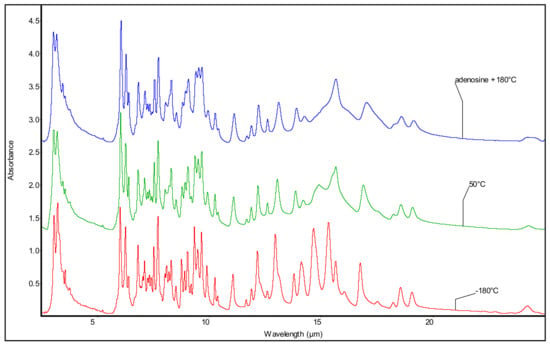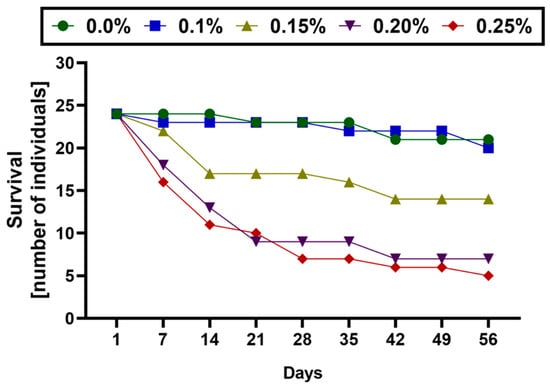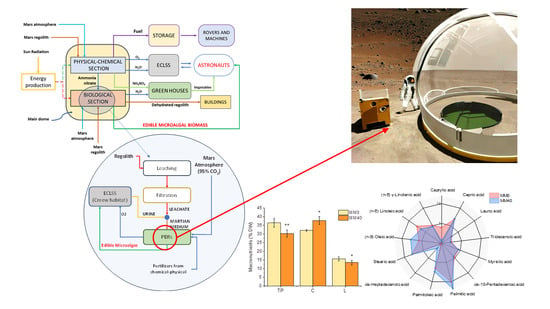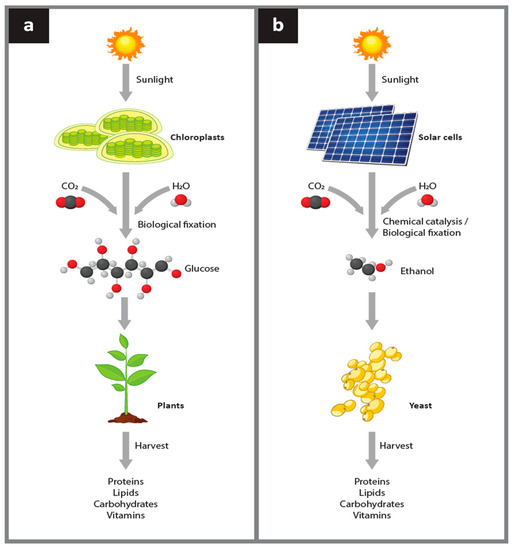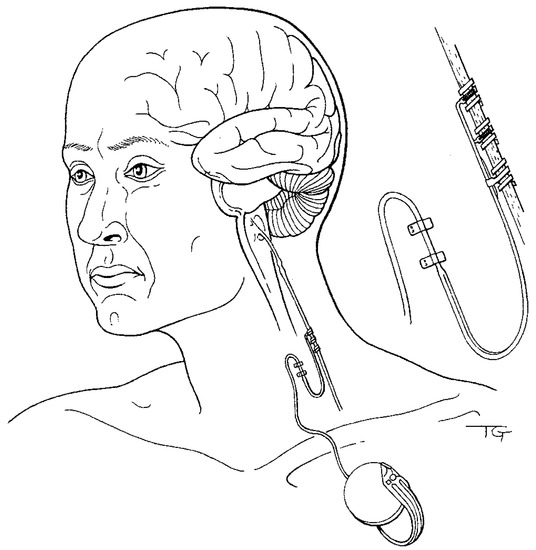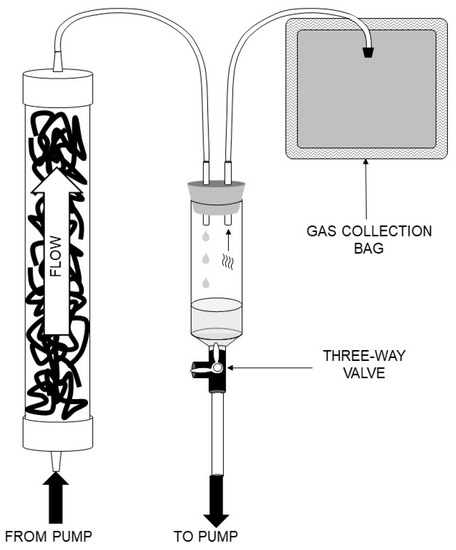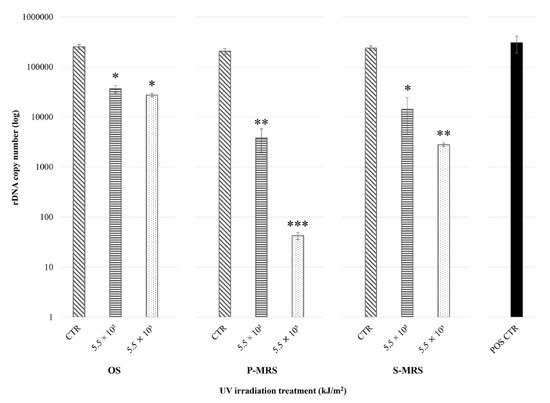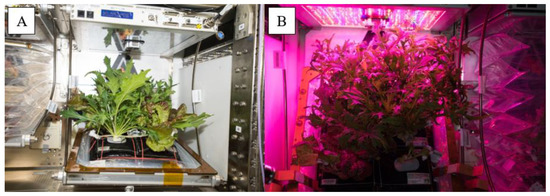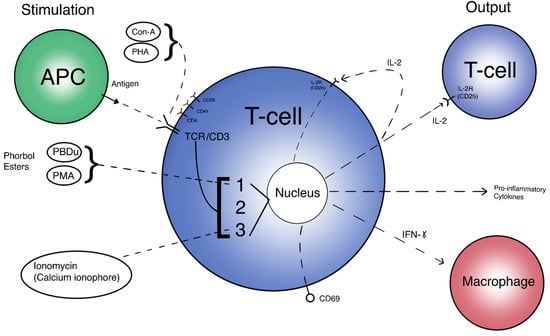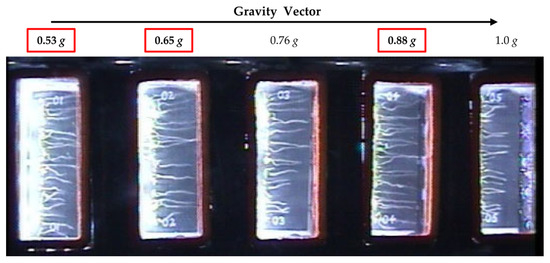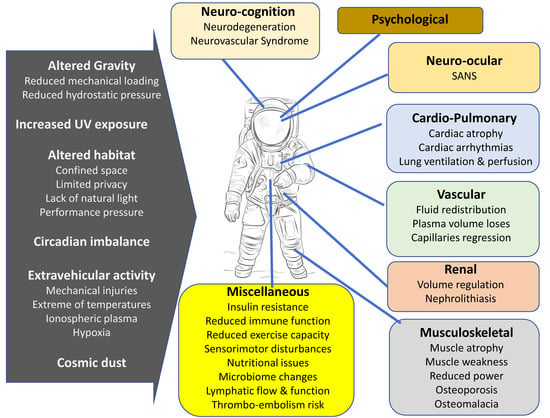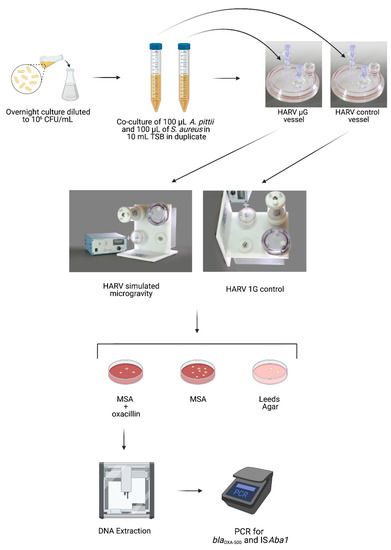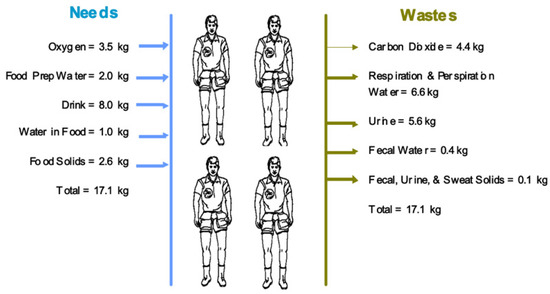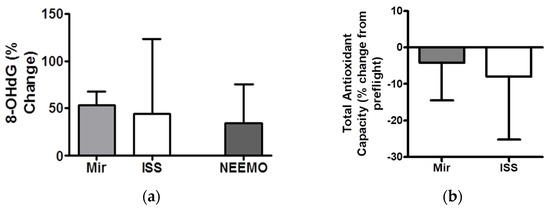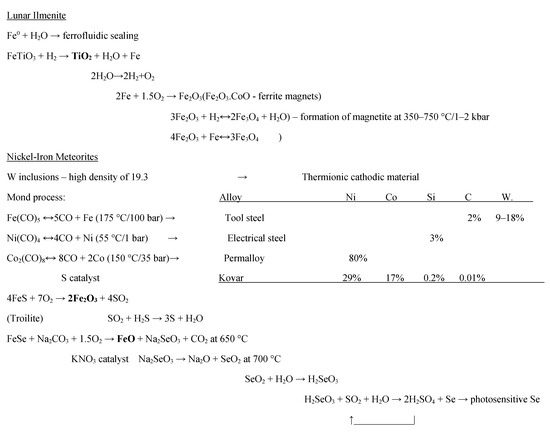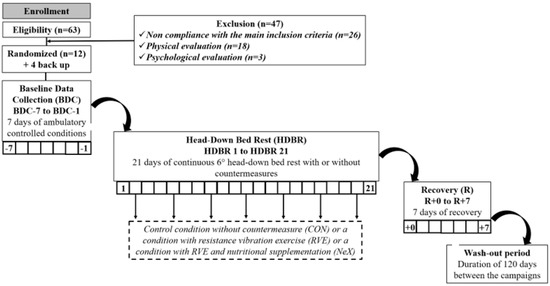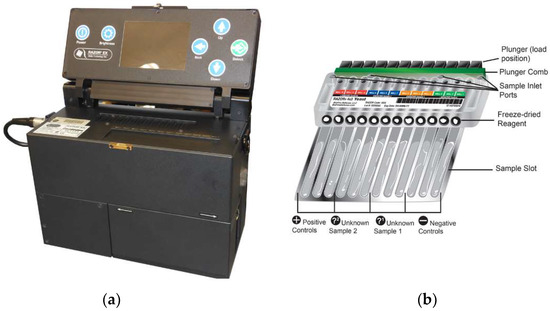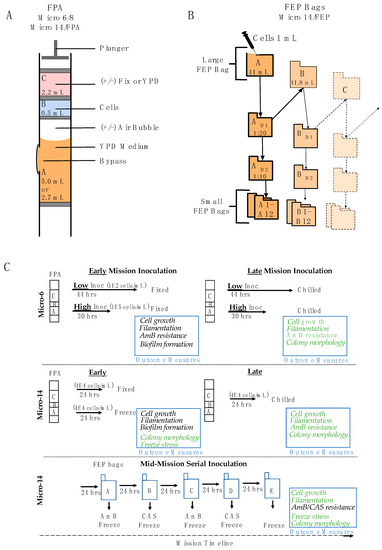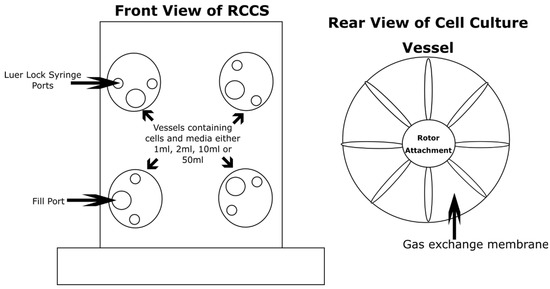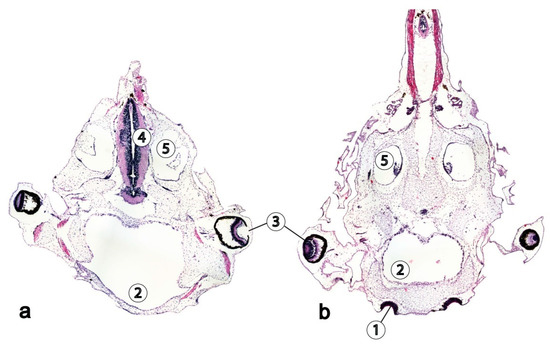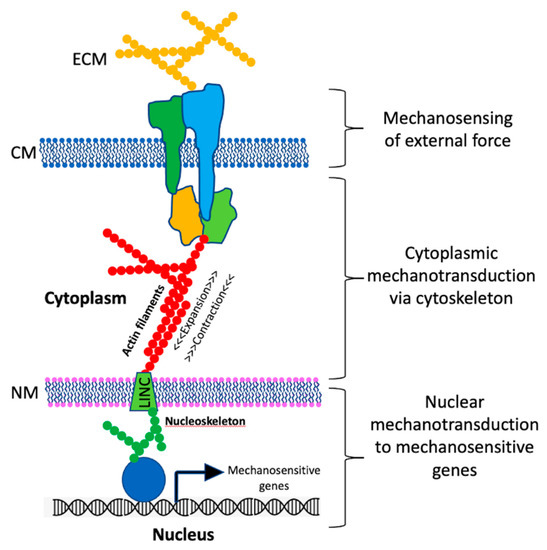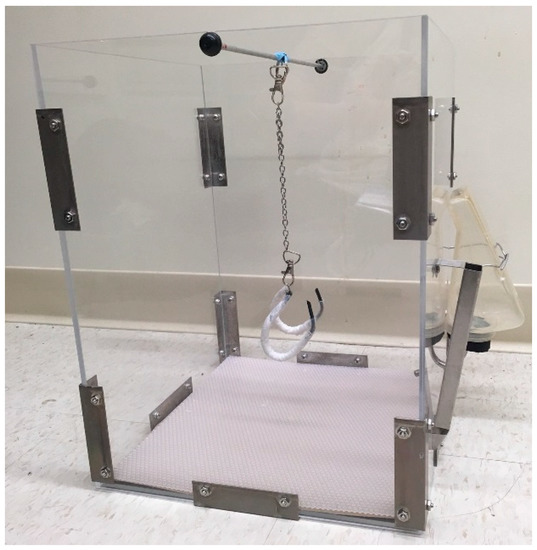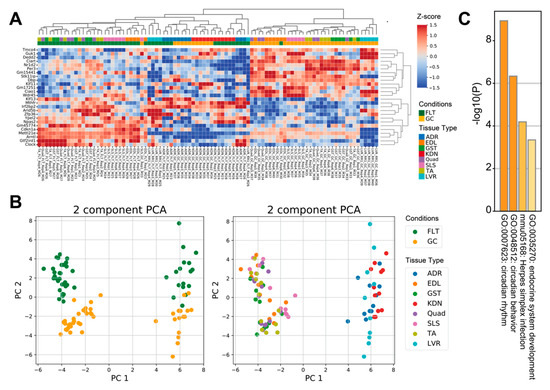Space Life Sciences
A topical collection in Life (ISSN 2075-1729). This collection belongs to the section "Astrobiology".
Viewed by 96967Editor
Topical Collection Information
Dear Colleagues,
In the past 60 years of space exploration, numerous studies have been carried out to understand responses of human and biological systems (animal to cells) to multiple stresses induced by space environments. Although responses to conditions in space remain still poorly understood, it has been reliably established that they are both profound and global. As we continue to venture in space for a longer period and are at the doorstep of future planetary class missions, i.e., the Moon, Mars, and other celestial bodies, multiple studies at the molecular, cellular, tissue, organ, and species level are currently underway to sustain human space flight and space explorations.
Informally, space life sciences research can be divided into seven areas:
- Biomedical and physiological studies, which address the effects of space on humans and the development of associated countermeasures.
- Space biology studies aimed at investigating the effects of space environments, e.g., microgravity and radiation, on living systems; i.e., microbiology, system biology, integrative physiology, cell and tissue systems, invertebrates, vertebrates, and plant biology.
- Research on biological systems that support exploration, primarily in life support and biology-based in situ resource utilization.
- Planetary protection studies, which mainly address risks associated with forward and backward contamination.
- Astrobiological studies on the detection, origin, and evolution of life in the universe, and the expansion of terrestrial life beyond its planet of origin.
- Exploration technologies and instrument development to support biological studies in human and automated missions.
- Programs and roadmaps aimed at defining strategies, goals, and priorities to maintain and sustain robust and viable exploration missions.
For this Special Issue of Life journal, we seek manuscripts based on experimental analyses, theoretical models, and policies that encompass the latest research in all fields relevant to space life sciences. In particular, we encourage submission of manuscripts with results from spaceflight experiments, e.g., Low Earth Orbit and beyond, and experiments using ground-based devices, platforms, and facilities that simulate elements of the spaceflight environment, e.g., rotating wall vessels, random positioning machine, unloading, radiation, bed rest, terrestrial station, and Antarctica. Investigations related to gravity as a continuum, i.e., micro-, partial-, and hyper-gravity, as compared to Earth are also of interest. Studies based on data from up-to-date methods used in the field or derived from omics technologies are highly welcome. Finally, in addition to standard research manuscripts, review papers, and hypothesis driven articles are also solicited for this issue.
Dr. Fathi Karouia
Guest Editor
Manuscript Submission Information
Manuscripts should be submitted online at www.mdpi.com by registering and logging in to this website. Once you are registered, click here to go to the submission form. Manuscripts can be submitted until the deadline. All submissions that pass pre-check are peer-reviewed. Accepted papers will be published continuously in the journal (as soon as accepted) and will be listed together on the collection website. Research articles, review articles as well as short communications are invited. For planned papers, a title and short abstract (about 100 words) can be sent to the Editorial Office for announcement on this website.
Submitted manuscripts should not have been published previously, nor be under consideration for publication elsewhere (except conference proceedings papers). All manuscripts are thoroughly refereed through a single-blind peer-review process. A guide for authors and other relevant information for submission of manuscripts is available on the Instructions for Authors page. Life is an international peer-reviewed open access monthly journal published by MDPI.
Please visit the Instructions for Authors page before submitting a manuscript. The Article Processing Charge (APC) for publication in this open access journal is 2600 CHF (Swiss Francs). Submitted papers should be well formatted and use good English. Authors may use MDPI's English editing service prior to publication or during author revisions.
Keywords
- biomedical and physiological studies
- space biology
- life support and in situ resources utilization
- planetary protection
- astrobiology
- space instruments and technologies
- programs and roadmaps
- spaceflight and ground-based experiments and gravity as a continuum






